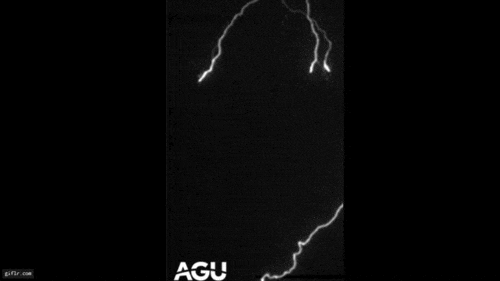When you purchase through golf links on our site , we may earn an affiliate commission . Here ’s how it works .
This story was update at 12:40 p.m. ET .
prognosticator have upped the chances for a busier - than - normal Atlantic hurricane time of year .

NASA’s Terra satellite captured this image of Hurricane Ernesto just before it made landfall over the Yucatan Peninsula on the night of Aug. 7, 2012.
Officials with the National Oceanic and Atmospheric Administration release the novel numbers during a teleconferencing today ( Aug. 9 ) . The update forecast yell for 12 to 17 named storms , include the storms that have already occurred .
Five to eight of those storm are expected to become hurricanes , and two to three of those hurricane could become major hurricane , defined as class 3 or stronger on the Saffir - Simpson ordered series .
The new outlook grade a variety from the original seasonal forecast , issued May 24 , whichcalled for a " near - normal " time of year — a total of nine to 15 name storms .

NASA’s Terra satellite captured this image of Hurricane Ernesto just before it made landfall over the Yucatan Peninsula on the night of Aug. 7, 2012.
Busier times ahead ?
violent storm are identify only once they attain tropical violent storm position — delineate as a rotating , organized violent storm with maximum sustained malarkey of at least 39 miles per hour ( 63 kph ) . A tropic tempest becomes a hurricane once its top flatus pip at least 74 mph ( 119 kph ) . [ History of Destruction : 8 Great Hurricanes ]
So far , six constitute violent storm have strike the Atlantic drainage basin in 2012 — four tropical storm and two hurricanes , though no major hurricanes . It ’s a yr that kicked off with a bang . TheAtlantic hurricane season officially beginsJune 1 and ends Nov. 30 , yet Tropical Storm Alberto barge onto the shot early , churn to life on May 19 .

" The time of year started off hard and former , " said Laura Furgione , playacting manager of NOAA ’s National Weather Service . However , despite the warm start , storm activity fizzle in July , Furgione bring .
Yet thing have begun to heat up again with the constitution of Tropical Storm Ernesto and other tropical systems that are being monitor for evolution .
And it is these violent storm that , in part , affect forecasters to increase the chance for a busier time of year than the initial outlook suggest .

" It ’s really the former time of year activity in the deep tropic that is an former indicator for bodily process to hail , " said Gerry Bell , the lead hurricane time of year predictor at NOAA ’s Climate Prediction Center .
Bell pointed to Hurricane Ernesto , now downgrade to a tropic storm , and Tropical Storm Florence . Both storms formed in early August , a calendar month that mark the root of the peak of hurricane season . Both Ernesto and Florence were bear from atmospheric condition systems that moved off Africa and out over tropic Atlantic waters .
" When you get activity like that this early in the season , it ’s an indicator that weather condition are highly contributive to more bodily function , " Bell said . " That ’s dissimilar from the other storms from May and June , " he explained .

El Niño could be a mitigating factor for the now - increased chances for a busier hurricane season , Bell said . The cyclic temperature reduction of Pacific waters tend to quell hurricane activeness in the Atlantic , churn up opposing winds in the air that can disrupt a storm ’s rotation .
However , those effects would n’t be felt until belatedly in the time of year .
prognosticator expect El Niño to get started in August or September , " but remember , El Niño is in the Pacific , " Bell said . " Usually there is a metre delay of several weeks between when El Niño forms and when we start get effects in the Atlantic . "

pay off ready
A platter number of early storms hit the Atlantic drainage basin in 2012 . When Tropical Storm Debby spun up in tardy June , this became the first year on record — the U.S. storm catalog began in 1851 — that four tropic storms or hurricanes have appeared before July 1 .
At the time , prognosticator underscore that , despite the spectacular numbers , there ’s a just fortune this could have happened a few fourth dimension before , but the applied science just was n’t uncommitted to see storms likeHurricane Chris , that last out far out to ocean .

This twelvemonth is a marked contrast to 2011 , which was one of the busiest on record .
A total of 20 named tempest — seven hurricane and 13 tropic storms — barreled across the realm last class , although with the exception of destructive Hurricane Irene and Tropical Storm Lee , the majority of the storms steered clear of the United States .
Furgione said the proportional quiet in land - go down hurricane in recent eld can inculcate a sense of fake certificate for hoi polloi who live in hurricane area , something she powerfully discouraged .

" We want folks to know it only accept one hurricane — and we ca n’t determine where that hurricane is going to be or where it ’s going to occur , " she said . " ethnic music need to be devise now . "












